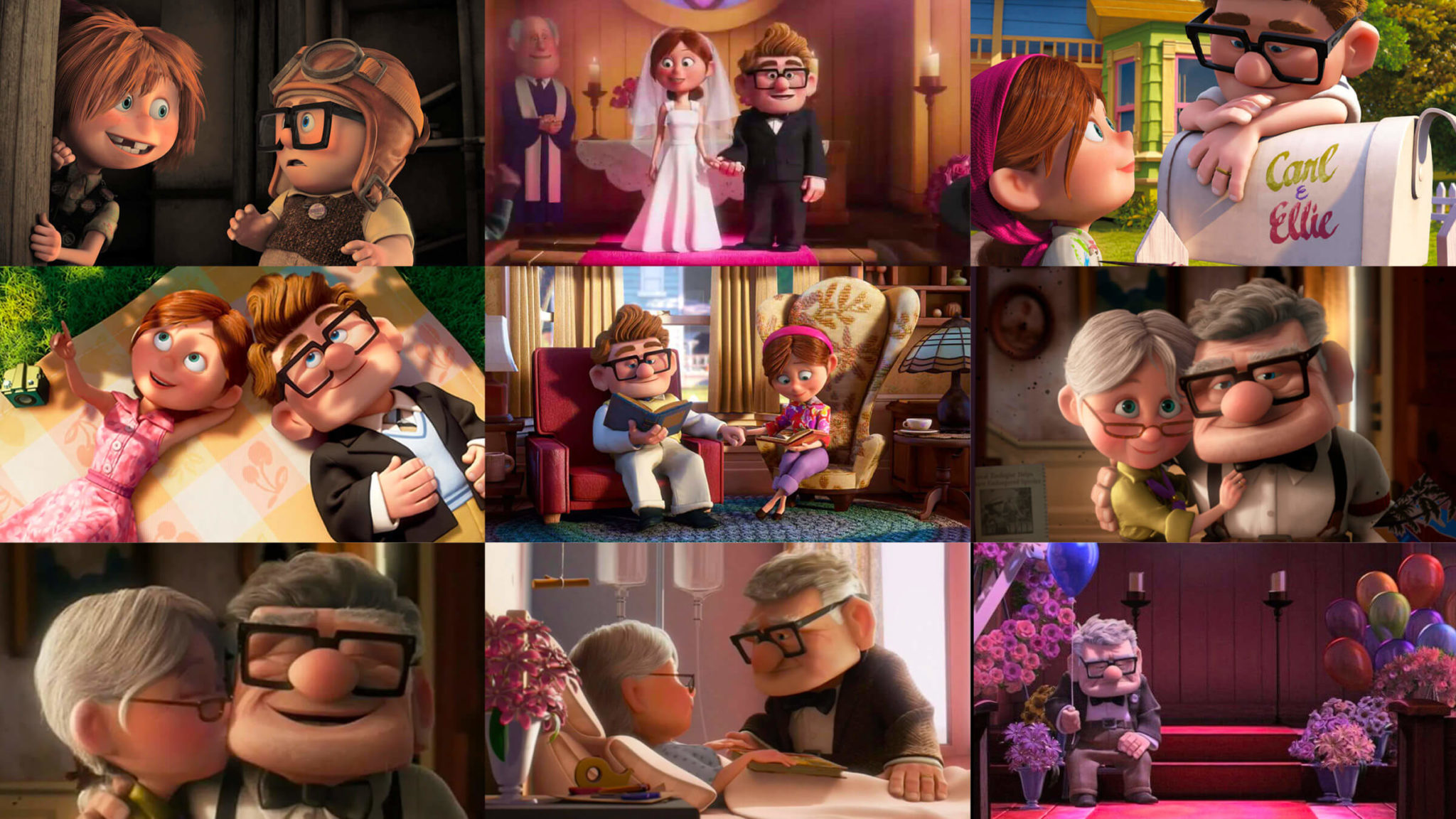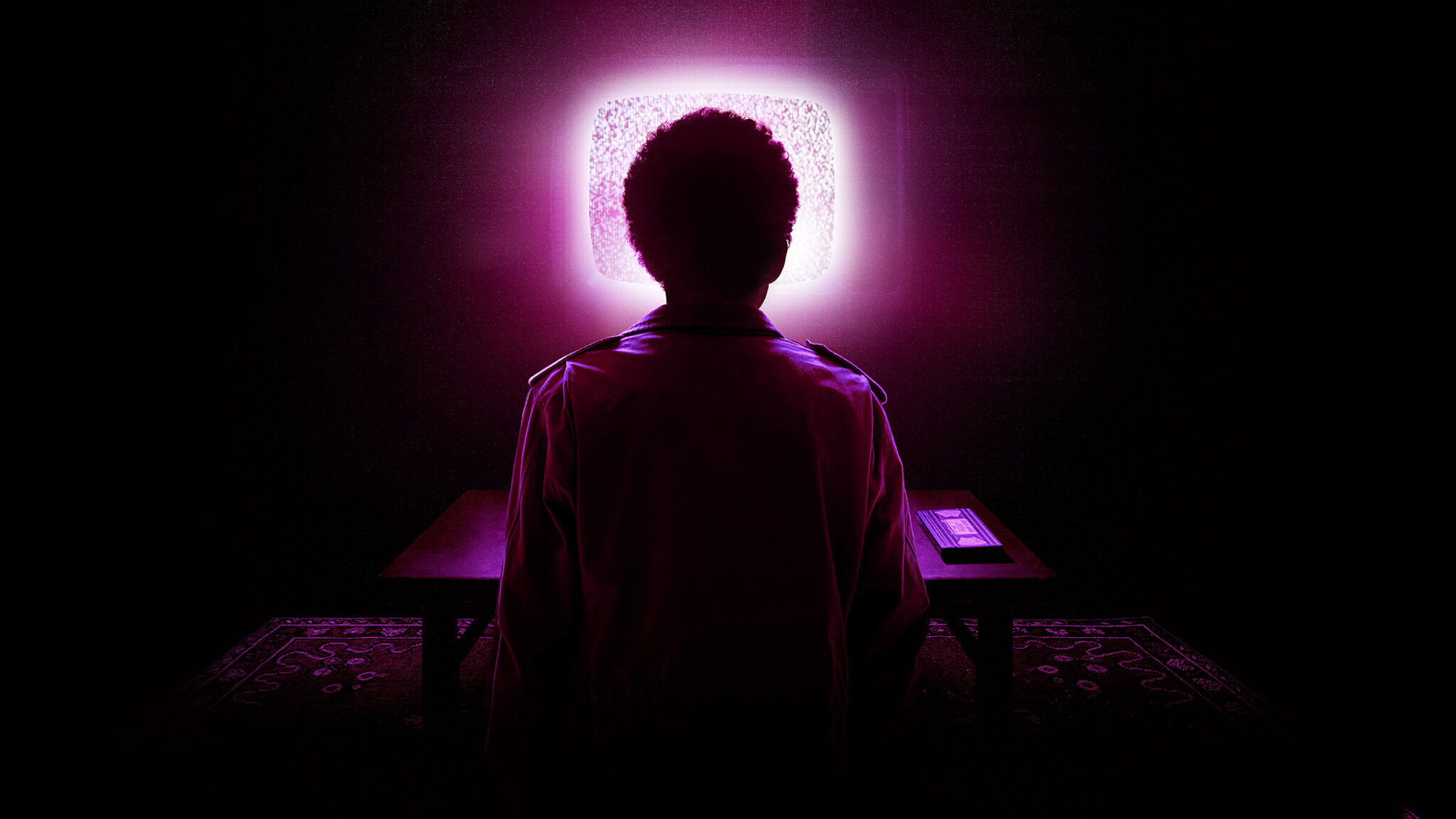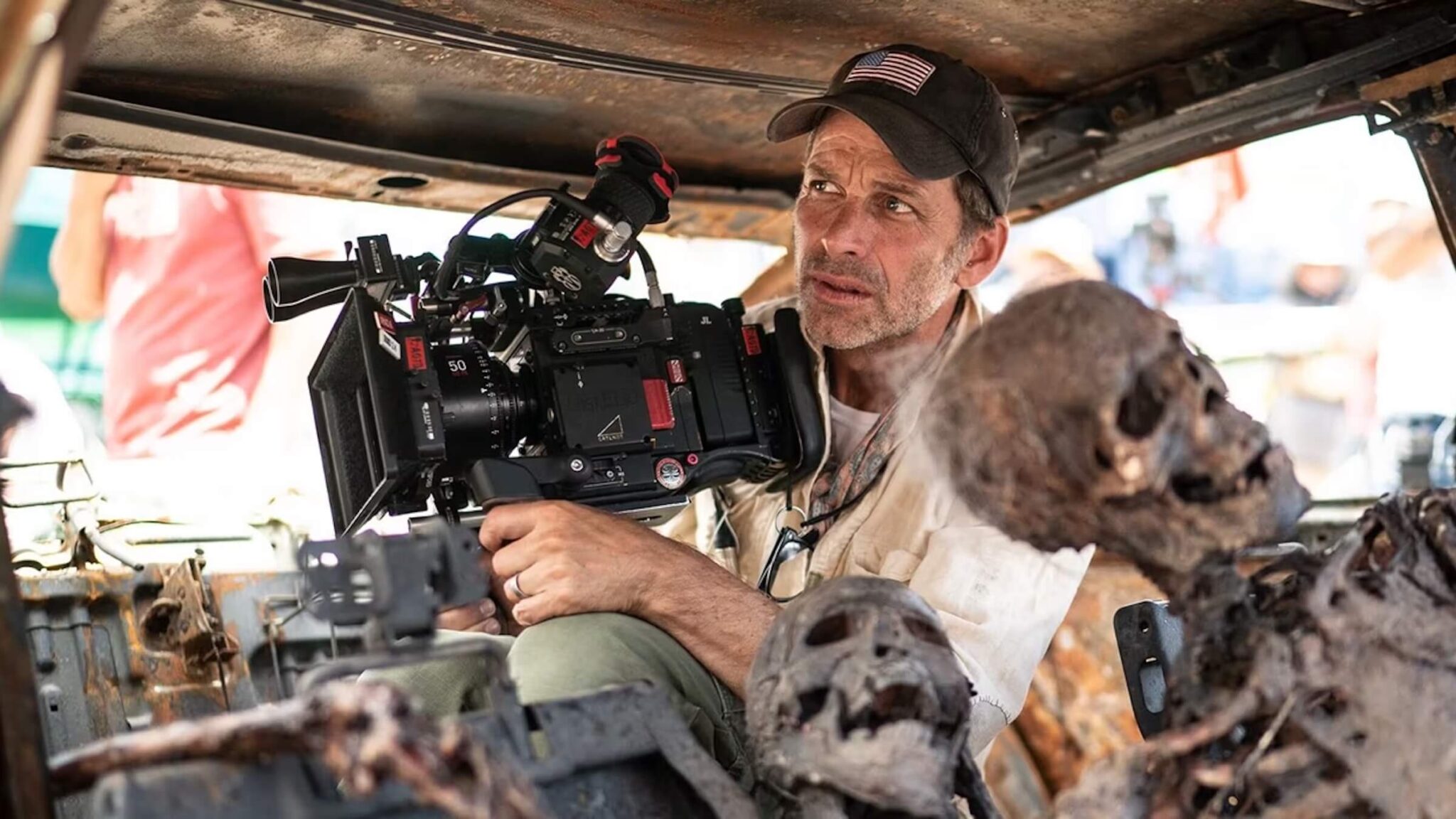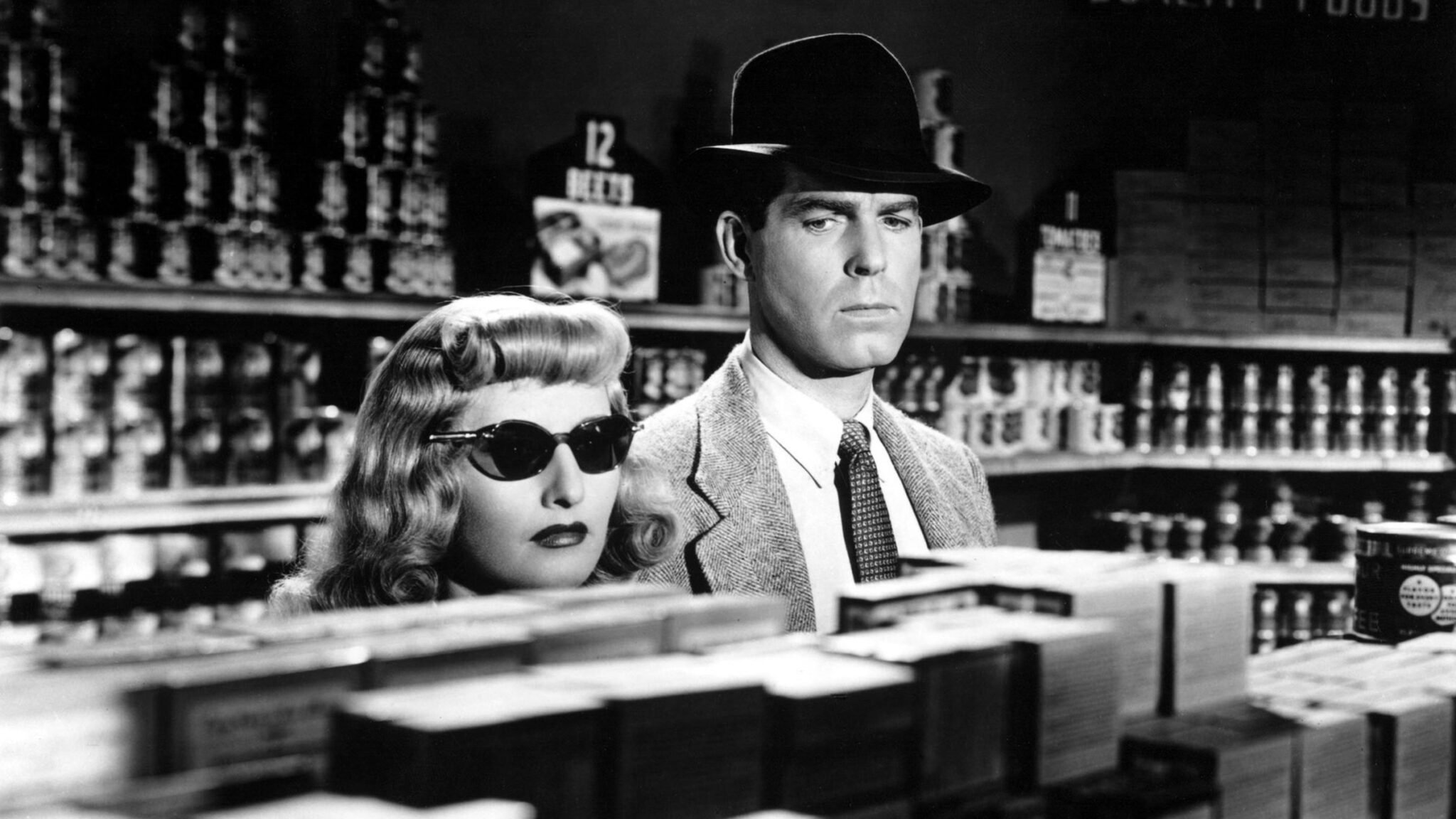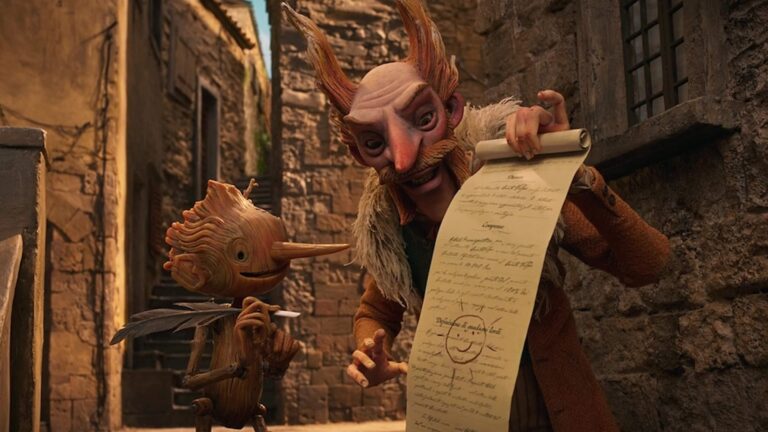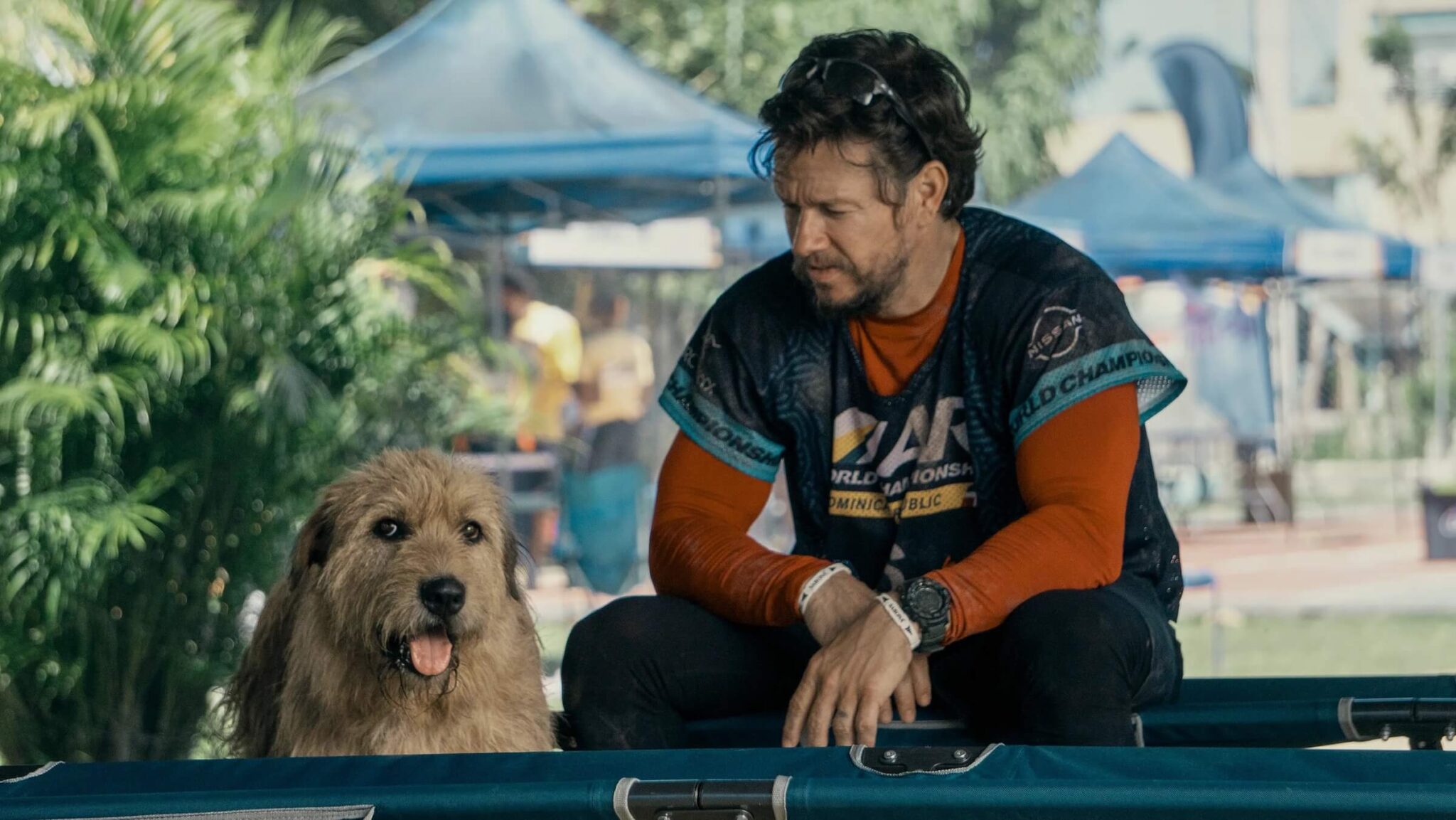The Screenwriter's Approach to Adult Animation
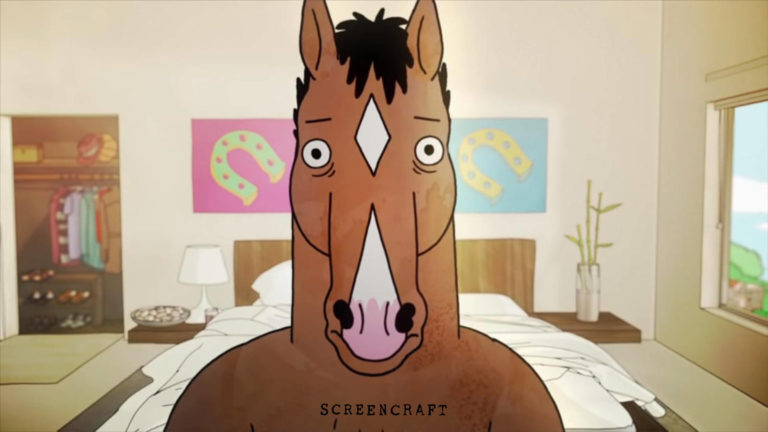
Since the dawn of time, humans have captured their place in the world by drawing stories on walls of stone. Before we had an alphabet to dictate our words, our ancestors would sketch out crude stories of heroes, conquest, and survival. So it is no mystery that visual art and animation have continued to capture our imaginations throughout the millennia.
Animation allows the writer a broad creative canvas to paint with words. With less tension on budget, not only can you make a Rick and Morty-inspired psychedelic trip through alternate dimensions, but you can also include locations and scenarios that most producers would scoff at.
Two characters fighting over a single parachute while a burning plane is plummeting to the ground is much easier to pull off with a visual artist, for everyone except that visual artist. Every description that makes the page requires hours of labor by their hands.
It’s important to keep that in mind before giving in to the need to write out every detail. Just as it’s important to not overdue acting and camera directions in your descriptions, you should also leave some white space for the visual artist to work their magic as well.
As exciting and tempting as it may be to go wild with mind-blowing, visually abstract explosions, a writer’s first job is to stick to the story — and stories have structure.
Format and Structure of an Animated Sitcom
If you read an animated script, you might be a little confused. After all, how is a 51-page script reduced to thirty minutes or less of screen time? Shouldn’t half-hour sitcoms be around 22-25 pages if one page = one minute?
The answer is double-spaced dialogue. The practice comes from the era of radio and makes it easier for voice actors to perform as they read, as well as to provide room for additional notes. Most screenwriting software has templates that can utilize this formatting.
The animated sitcom isn’t as rigid as its live-action counterpart when it comes to sticking with a set structure. With the rising popularity of streaming content, where the rules aren’t as stringent on a writer, we see more deviation from the norm.
Regardless of differing structures, every sitcom generally adheres to the same principles. Some use a cold open and tag, some don’t. The writer is granted more creative license when it comes to animation structuring.
Take a look at the structures of these animated sitcoms.
Family Guy:
Cold Open: 3 pages
Act One: 18 pages
Act Two: 15.5 pages
Act Three: 15.5 pages
BoJack Horseman:
Cold Open: 3.5 pages
Act One: 11.5 pages
Act Two: 7.5 pages
Act Three: 12 pages
King of the Hill:
Act One: 19 pages
Act Two: 15 pages
Act Three: 11.5 pages
Even though the structure of these sitcoms varies, most episodes are made up of the same formula. The show generally adheres to this formula throughout the series. Like the structure, the formula depends on the show — but in episodic shows where each episode provides a new adventure, we often find the same characters getting sucked into the same situations.
For a more in-depth look at how to structure television scripts, check out Ken Miyamoto’s article The Screenwriter’s Simple Guide to Formatting Television Scripts.
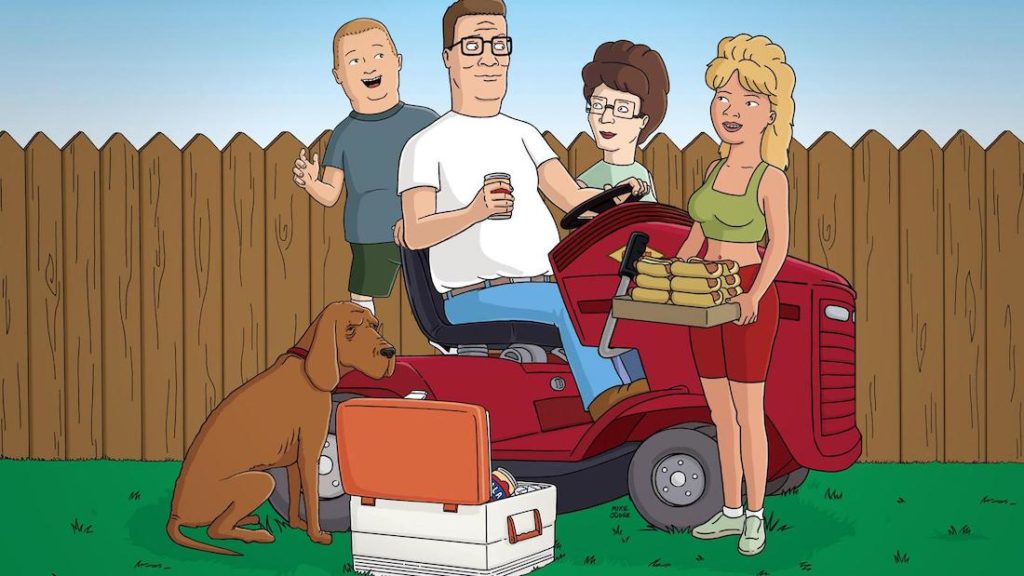
'King of the Hill'
Sticking to the Formula
Every show has its own formula.
If you look at Rick and Morty, you’ll see the same formula play out in most episodes. The writers don’t separate the cold open like Family Guy or BoJack Horseman, but the episodes usually start out with a sequence that acts as one. There will usually be a quick quip between Jerry and Rick or the episode might even start during the climax of a prior adventure. After the brief introduction, Rick usually drags Morty to the garage where they set off the episode’s next adventures.
There is often a central location where the characters come together to start the episode. In South Park, it’s typically the bus stop or school. In Bob’s Burgers, it’s the restaurant or kitchen table. The characters are central to the story, as opposed to the story being central to the characters like in serial animation.
Serial animation is different in that they don’t always stick to a formula. They are still structured similarly though. Shows such as Castlevania, Attack on Titan, and Death Note are still 20-25 minute episodes with beginnings, middles, and ends — but the story always moves forward from one episode to the next like any live-action series.
Read More: 5 Screenwriting Tips from 'Family Guy' Showrunners
Characterization
Characters in animated sitcoms often exhibit the same traits throughout the series without deviating much from their central role. They are archetypes that embody certain dominant character traits.
Homer Simpson will always be clumsy, underachieving, and simple. Eric Cartman will always be mean-spirited and manipulative. Viewers come to expect Quagmire to be overtly sexual because sitcoms rely on familiarity. We return for new episodes because we love the antics of our favorite characters, maybe because they aren’t afraid to flaunt their flaws on their sleeves.
Even in individual episode arcs where characters fight against their flaws, they often fail miserably after a brief period of positive change. After the brief redemption, they resume their former role — accepting their true self. Bart Simpson might do something good and heartfelt for Lisa, but in the end, he’s still the same Bart Simpson.
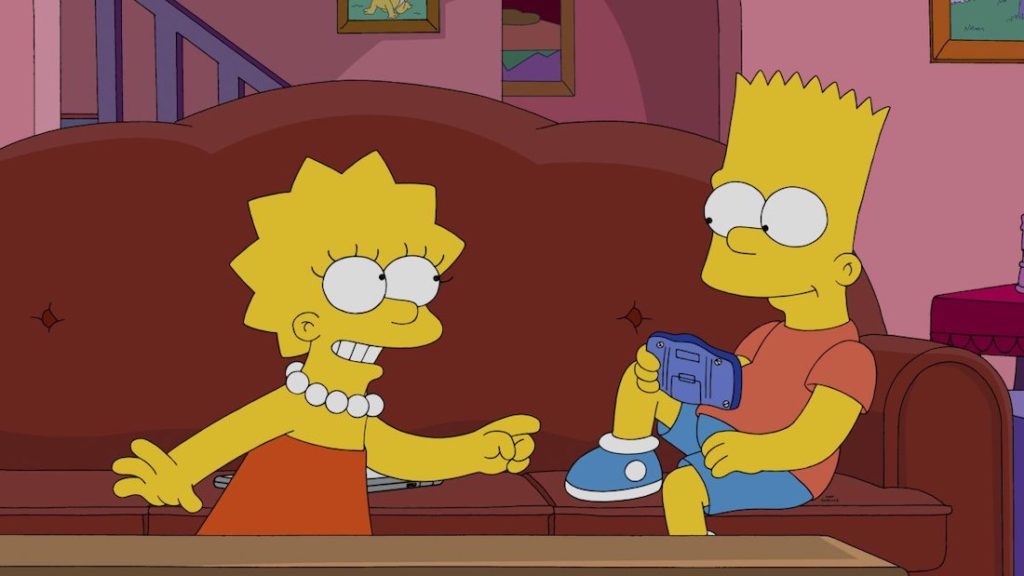
'The Simpsons'
The Heart of the Story
The biggest key to strong adult animation is that, well, it centers around adult themes. In more grounded sitcoms such as F Is For Family, the humor is found in the very real universal struggles of adulthood. A writer should always try and strike upon a wide range of emotional triggers when navigating harsh realities. The sweetest laughter often comes when tears are still wet on your cheeks.
Animation geared toward children is also becoming more mature. Inside Out deals with the mental fragility of a child going through adolescence. Zootopia explores themes of social injustice and discrimination. Up strikes a chord with all audiences as it deals with the loss of a loved one and how to embrace the remaining time we’re blessed with.
Even if your script is kid-centric, it’s important to bridge the gap between audiences of all ages. Don’t be afraid to tackle complex issues.
Animated Shorts
As with live-action, the animated short is a stepping stone for filmmakers to reach the next level: the feature. The category has been revered since Pixar burst onto the scene and digital animation made its way to the forefront.
Now, even Disney+ has rolled out a large selection of critically-acclaimed shorts. Other streaming services are bound to follow. YouTube and Vimeo offer platforms for filmmakers to showcase their work to the world. The accessibility of self-promotion has never been wider.

'Bao'
The beauty here is that you can really let your imagination run wild because you don’t have to keep your viewer’s attention for an entire hour and a half. With a shorter run-time, you can tell a story through metaphors and still make a considerable emotional impact with a viewer. The characters don’t even need to speak.
I never really bought into the old adage, “It’s not about what you know, it’s about who you know.”
I’ve always thought that it’s not only about what AND who you know — it’s about what you’ve done. Teaming up with an up-and-coming visual artist to create an animated short could be a worthwhile investment of time and resources for any aspiring filmmaker hoping to make waves in the world of animation.
Animated Features
Features also provide the writer with greater license to let their imagination fly. Spiderman: Into the Spiderverse is unique in that it combines several different artistic styles through the lens of a layered collage, which really reflects the feel of a moving comic book. Pop art meets pulp and the result is a dizzyingly brilliant array of visuals that breaks film-making conventions. Despite the amazing visuals, the story was still key.
Spirited Away, A Scanner Darkly, and Waltz with Bashir are also features that not only expand the imagination but also tackle tough adult themes of loss, war, and drug addiction. In documentaries, animation is often used to depict an event the filmmakers don’t have access to. Like in Searching for Sugarman, we see an animated scene of the protagonist walking through the snow instead of trying to reenact it with live-action actors.
You can also blend live-action and animation, either in a Who Framed Roger Rabbit or Space Jam capacity where cartoons are interacting with humans, or in a more nuanced way like Terence Nance’s 2012 feature An Oversimplification of Her Beauty, which uses animation to reflect the mental state of the protagonist after being stood up for a date. By utilizing animation, Nance was able to personify feelings with symbolic illustration through the use of different animation techniques including claymation, stop-action, and digital graphics.
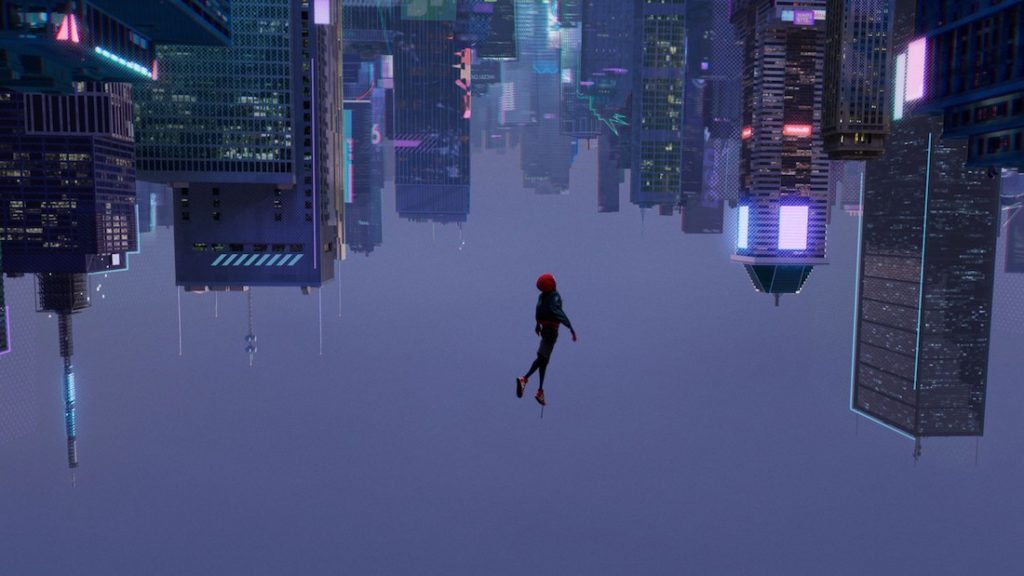
'Spider-Man: Into the Spider-Verse'
Past, Present, & Future
Present-day animation owes much of its success to the late-night programming of the early to mid-’90s, which brought shows such as Aeon Flux, Daria, and South Park to an unsuspecting public. The paradigm shifted.
These late-night shows ushered in a new way of telling stories that young adults flocked to, proving that animation isn’t reserved for children.
Animation will continue to dominate our consciousness. We’ve advanced far beyond the walls of caves. Now, technology has made animation more accessible than ever. The tools are there — use them.
 Kevin Nelson is a writer and director based in New York City, baby. He has written and produced critically acclaimed short films and music videos with incredibly talented artists, worked with anti-human trafficking organizations, and would rather be in nature right now. See more madness on Instagram or follow his work on https://www.kevinpatricknelson.com
Kevin Nelson is a writer and director based in New York City, baby. He has written and produced critically acclaimed short films and music videos with incredibly talented artists, worked with anti-human trafficking organizations, and would rather be in nature right now. See more madness on Instagram or follow his work on https://www.kevinpatricknelson.comFor all the latest ScreenCraft news and updates, follow us on Twitter, Facebook, and Instagram.
Tags
Get Our Screenwriting Newsletter!
Get weekly writing inspiration delivered to your inbox - including industry news, popular articles, and more!










